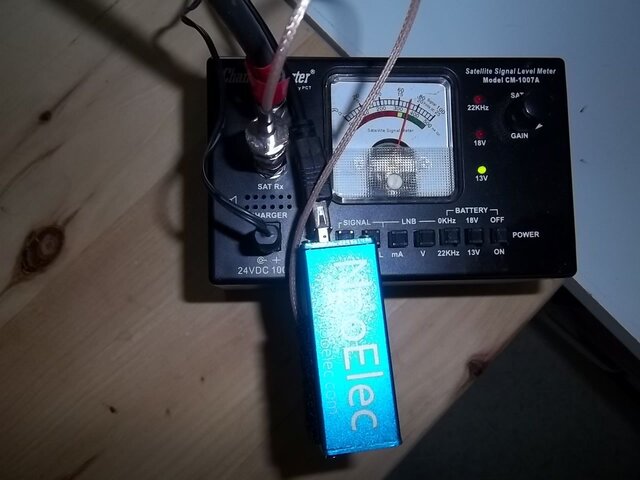I am searching for any active transponders in the eastern sky. It is not very crowded with satellite signals in those directions. There are no high power pay TV signals in these directions.
I can do endless blind scans as I move the dish slightly but that is subject to error. Would one of these inexpensive satellite finders be a useful tool? If I can find any signal, I could then use my receiver to analyze it further.
Sent from my SM-G950W using the SatelliteGuys app!
I can do endless blind scans as I move the dish slightly but that is subject to error. Would one of these inexpensive satellite finders be a useful tool? If I can find any signal, I could then use my receiver to analyze it further.
Sent from my SM-G950W using the SatelliteGuys app!



